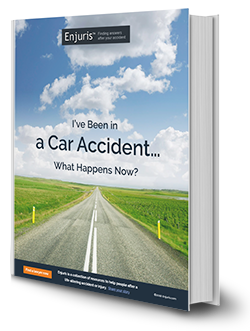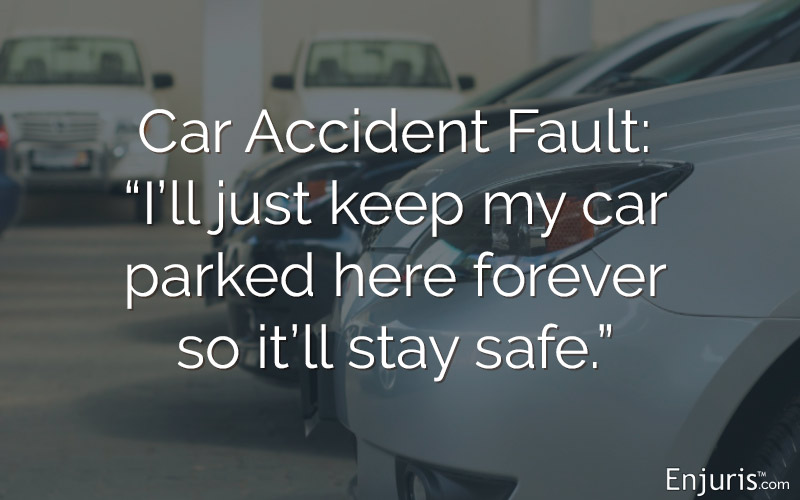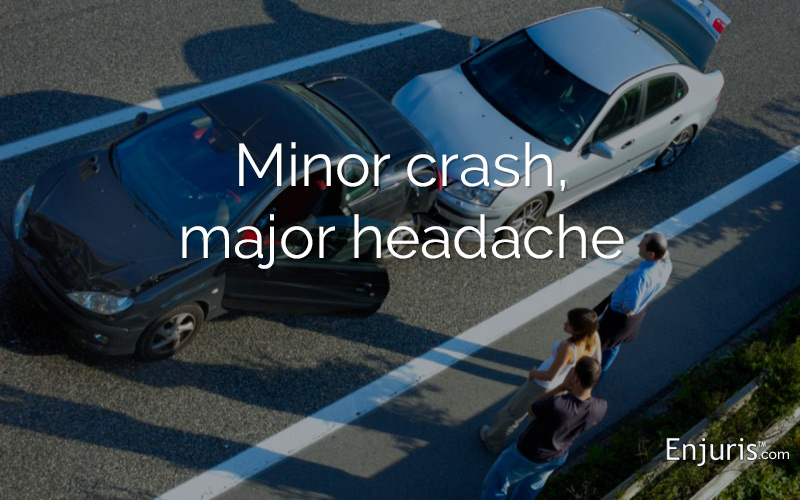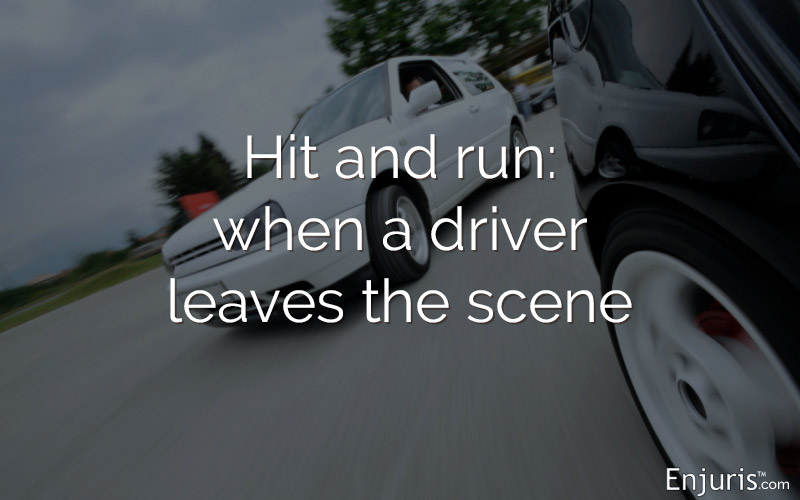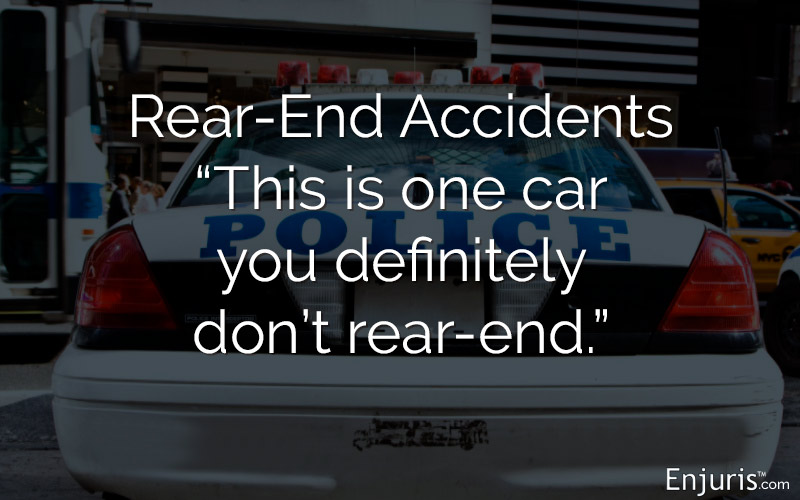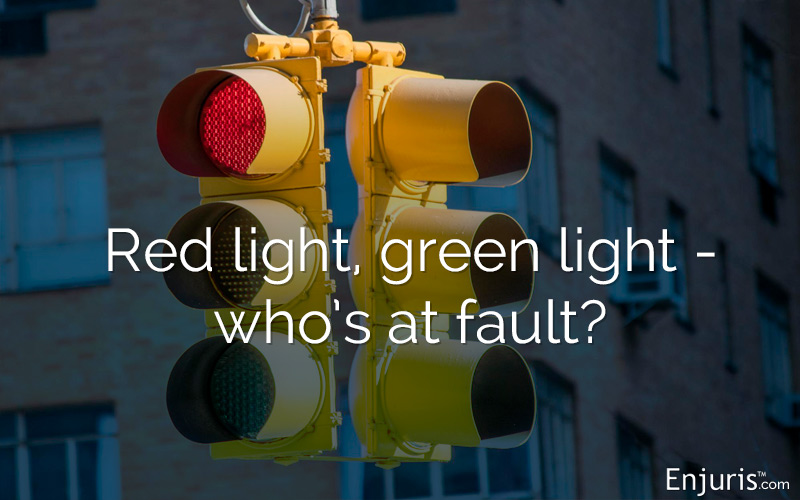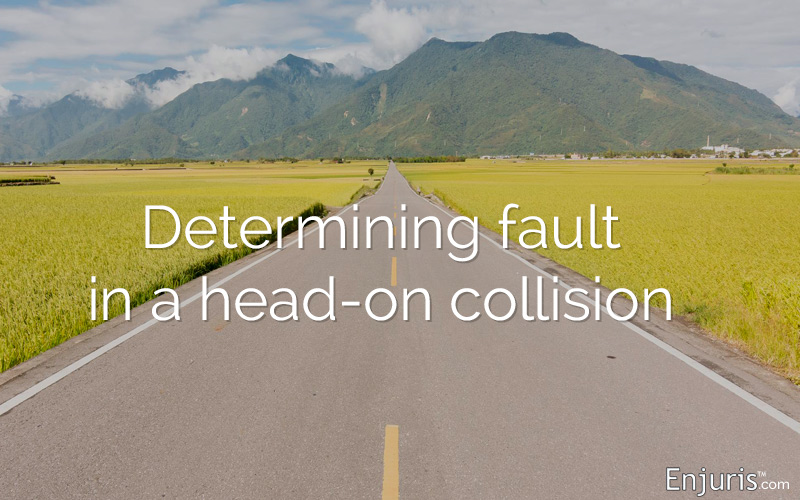A car accident injury lawyer can help minimize your liability and maximize compensation after a crash
Utah has strict minimums for car insurance liability and requires every driver to have Personal Injury Protection (PIP) insurance. Here’s what you should know.
Car accidents are an unfortunate fact of life—sometimes, they’re not much more than a nuisance and inconvenience, but they can also be severe and life-changing.
Utah is home to more than 3.3 million people. While much of the population is centered in the urban areas of Salt Lake City, West Valley City, West Jordan, Provo, Orem, and others, finding an outdoor getaway isn’t hard. Within a 20-minute drive from the urban centers, you can find glorious vacation spots with quiet and peacefulness.
Utah is at the crossroads of several major transportation routes, including I-15, I-80, and I-70. These highways are well-used for trade, commerce and travel.
Whether you are native to the Beehive State or you travel there for work or leisure, it’s important to know state laws for car accidents in the event that one happens.
Utah car accident laws
Utah car accident statute of limitations
The statute of limitations is a state-imposed time limit for filing a lawsuit. The Utah statute of limitations for most car accident injury lawsuits is four years. If the lawsuit is for vehicle or other property damage only, the statute of limitations is three years.
If the lawsuit is for wrongful death, the statute of limitations is two years.
Utah is a no-fault state
If you’re in a Utah car accident, you would file an insurance claim under your own insurance policy, regardless of who is at fault. You cannot file a lawsuit against the at-fault driver unless the accident meets certain criteria.
As the driver, you and your passengers would turn first to your personal injury protection (PIP) insurance to be compensated for medical bills, lost wages, and other expenses related to the accident.
Your PIP insurance covers medical treatment and lost wages but does not cover pain and suffering or other non-economic damages. If you believe your losses include pain and suffering, mental anguish, PTSD and other non-economic costs, you can file a lawsuit if your injuries include:
- Permanent disability
- Permanent impairment
- Permanent disfigurement
- Dismemberment
What’s covered under Utah PIP?
- Medical treatment, including surgery, hospital and doctor visits, prescription medication, etc.;
- Lost wages, usually $250 per week or 85% of gross lost income or earning capacity (whichever is less);
- “Special damage allowance” for things like household tasks or childcare that a person was able to perform before their injury but now must pay for;
- Funeral expenses, including burial or cremation benefits if the accident resulted in a fatality; and
- Survivor benefits to the dependents if someone was killed in the accident.
Utah car insurance requirements
A Utah driver is required to have the following minimum insurance coverage:
- $3,000 personal injury protection
- $25,000 liability coverage per person for bodily injury to another person in an accident you caused
- $65,000 total bodily injury liability coverage per accident (for all other people) in an accident you caused
- $15,000 per accident for property damage
An injured person may sue the at-fault driver only if their losses exceed their own or the at-fault driver’s policy limits.
Utah comparative negligence laws
Utah follows the modified comparative negligence rule. You can recover damages in a lawsuit that are reduced according to your own percentage of negligence, which must be less than 50%. In other words, if your damage award is $20,000 and you were determined to be 40% liable, your award would be reduced by 40% and you would receive $12,000.
Every driver has a duty of care to every other road user. To prove negligence, your claim must meet the following elements:
- Duty, which means that there was some relationship between the plaintiff and defendant (which can exist between people who’ve never met). The duty could simply be that the defendant was required to avoid harm to the plaintiff as another driver, pedestrian, or bicyclist sharing the road.
- Breach, for example, by speeding, driving recklessly, or using poor judgment, the person did not take another person’s well-being into consideration and that constitutes a breach of their duty.
- Causation, which means the accident directly caused or resulted in the plaintiff’s injuries.
- Injury, which simply means that you suffered a physical injury that required medical treatment.
- Damages, or the expenses related to the accident. In other words, the accident cost you money.
Any accident, even a minor one, is an inconvenience. You could be without your car for days or weeks while it’s in the shop, it might make you miss an appointment or be late to your destination, and even the phone calls to the insurance company can be time-consuming and frustrating. But anger, frustration, and inconvenience aren’t reasons to file a lawsuit, annoying as they might be.
You must have suffered an injury that cost money for medical treatment or lost wages, or property damage, to file a car accident lawsuit.
How is liability determined and allocated?
Sometimes the facts speak for themselves.
Not usually, though. Each party’s legal team will review evidence from the scene, including police reports, photos, video surveillance, witness accounts, etc.
Once each party’s lawyer has reviewed the evidence and consulted with experts, they can attempt to negotiate each party’s share of liability. Although one person could be clearly at fault for the crash, the victim might have had an opportunity to react differently in a way that would have prevented their own injuries. Even for negotiating an insurance settlement, this is important and if there are questions about liability, it’s worth getting a lawyer to help sort it out.
Even in a no-fault state, if your own insurance doesn’t cover the entirety of your losses, the amount of liability you share for a crash can make a difference in the amount of compensation you receive.
10 most common causes of car accidents
- Distracted driving. Distracted driving is a serious problem. People depend on cell phones for maps, podcasts, music, traffic reports, and other functions, but you should never, ever handle your phone or any electronic device while driving. Distractions can also include eating, passenger behavior, personal grooming, or any other behavior that takes your mind, eyes or hands off driving.
- Drunk driving. You’re not allowed to drive in Utah if your blood alcohol content (BAC) is 0.05% or higher. Being under the influence of alcohol, drugs, or some medications can severely affect your driving and raises your risk of causing an accident.
- Aggressive driving. You’ve likely heard of “road rage,” which is when a person becomes so angry at another person that they might bully or physically harm someone on purpose because they’re annoyed. But there are other kinds of aggressive driving that don’t necessarily involve anger at a specific individual. Some drivers might be impatient and speed or swerve around cyclists or cars they think are going too slowly, make unsafe lane changes, or behave recklessly in some other way that could result in an accident.
- Speeding. Sometimes speeding is aggressive, and sometimes it is carelessness. You might speed because you’re in a hurry or running late, but you shouldn’t. Speeding doesn’t get you to your destination any faster if you crash or get a ticket. And when you speed, you have less time to react to a traffic situation in front of you and stop if necessary.
- Reckless driving. Similar to aggressive driving, reckless driving is any kind of action behind the wheel that’s unsafe. It might be speeding, weaving, dodging other cars, failure to stop at lights or stop signs, or any other number of reckless driving practices that break road rules or are unsafe.
- Inexperienced drivers. Your teenager might be the most responsible kid around, and they might care a lot about following road rules, driving at the correct speed, heeding stop lights and signs, and doing everything “right.” But younger drivers are inexperienced. That lack of experience could cause even the most careful driver to misjudge the speed of an oncoming car, poorly execute a turn, or make another mistake that results in an accident. And, some teenagers are more likely to take risks than an older driver would. Statistically, younger male drivers are most likely to make risky driving decisions.
- Tailgating. Tailgating is when a driver follows too closely behind the driver in front of them. Some tailgating is aggressive, but sometimes it happens because someone isn’t paying attention or simply doesn’t see the practice as dangerous. When traveling 55 mph, you should leave 16 car lengths (which is about 243 feet) between your vehicle and the car in front of you. Tailgating is dangerous because when you’re too close to another vehicle, you don’t have enough time to stop if you need to do so quickly. No car can stop on a dime, even if you react quickly. And, even if you stop fast enough, there’s no guarantee that the driver behind you will be able to do so. As a result, tailgating can result in chain-reaction accidents.
- Weather conditions. When the weather is extreme, it’s best to stay off the roads when you can. But when that’s not practical or realistic, exercise caution and drive slowly. The State of Utah Hazard Mitigation department reports that 70% of Utah weather-related fatalities involve automobiles in storms like hail, winter storms, and extreme cold convective weather.
- Failure to obey traffic laws. Traffic laws are more than just stopping at red lights. Following the speed limit, staying in your lane, passing bicyclists safely, and yielding to pedestrians are just a few of the many necessary aspects to driving responsibly. Be familiar with the traffic laws in your local area and state, and obey them at all times to reduce your risk of a collision.
- Failure to stop at a red light or stop sign. Although stopping for stop signs and traffic lights are part of following traffic rules, they’re also among the ones drivers break most often. Even if you think you’re driving through a “quiet” intersection, you must stop completely at stop signs and lights.
If you’ve been in a car accident, your first priority is to seek medical attention. It’s important to obtain a medical evaluation immediately, even if you don’t think you’re hurt.
If you believe you’re entitled to receive damages to compensate for your costs, you can contact a Utah personal injury lawyer for assistance.
Additional resources
Refer to this list of free printable documents that are designed to help organize your needs after a car accident. Documents include:
Still not finding what you need?
Check out our other articles on motor vehicle accidents in Utah.
Did you know that car accident law varies by state?
Hurt in a car crash? You may find these resources helpful
Need a lawyer?
What does an injury lawyer do?
A personal injury lawyer helps individuals who have sustained injuries in accidents to recover financial compensation. These funds are often needed to pay for medical treatment, make up for lost wages and provide compensation for injuries suffered. Sometimes a case that seems simple at first may become more complicated. In these cases, consider hiring an experienced personal injury lawyer. Read more
Common car accidents
